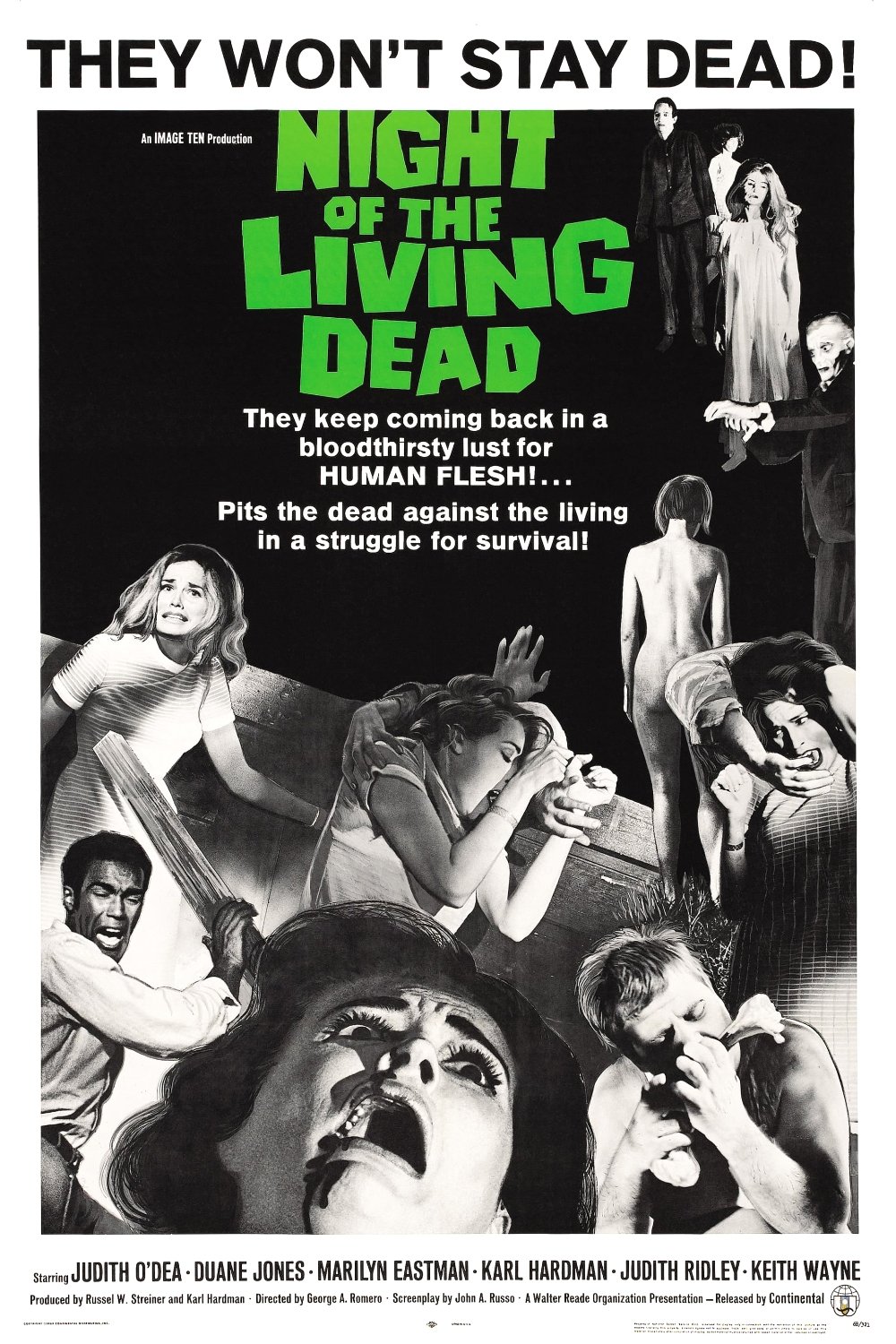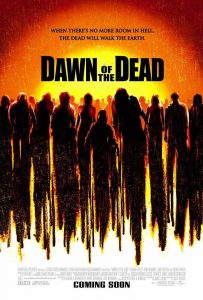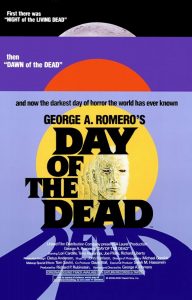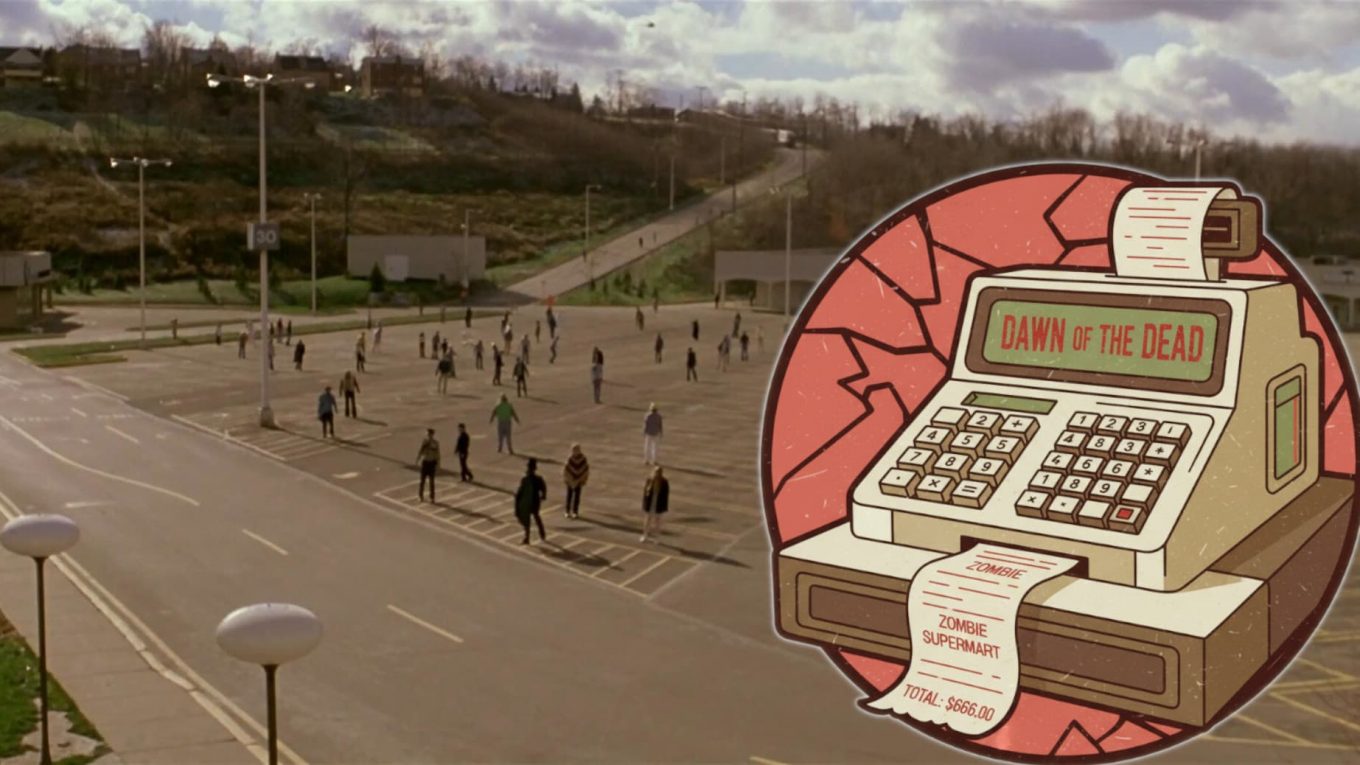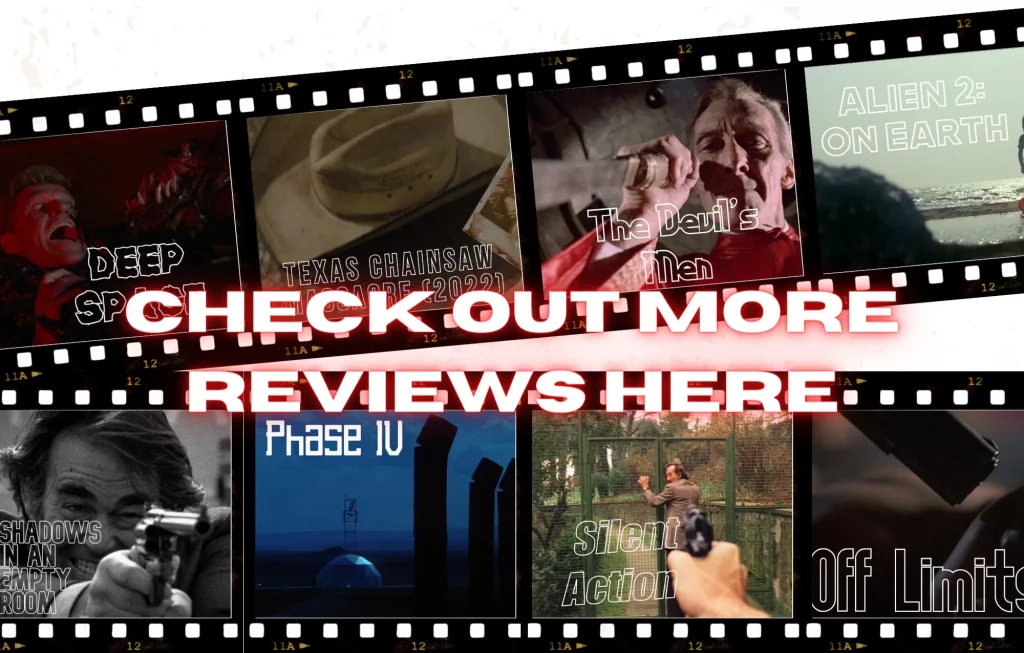Dawn of the Dead (1978)
George A. Romero’s 1968 film Night of the Living Dead introduced the modern zombie, but it was his 1978 sequel Dawn of the Dead that truly defined the sub-genre.
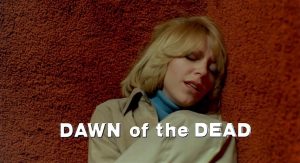
A traffic reporter and his pregnant girlfriend steal the TV station’s helicopter to flee the city, picking up two disillusioned SWAT officers, who have witnessed brutal overreactions to the crisis. After finding an abandoned suburban shopping mall, our heroes decide to make it their fortress, systematically clearing the building of the roaming undead and using trucks to seal the entrances before settling into a consumerist life of safety and excess.
While Night of the Living Dead confined its terror to a farmhouse, Dawn of the Dead expanded on the concept of a zombie apocalypse, showcasing a full-blown societal collapse. The film established a world where chaos reigns, and the dead dominate.
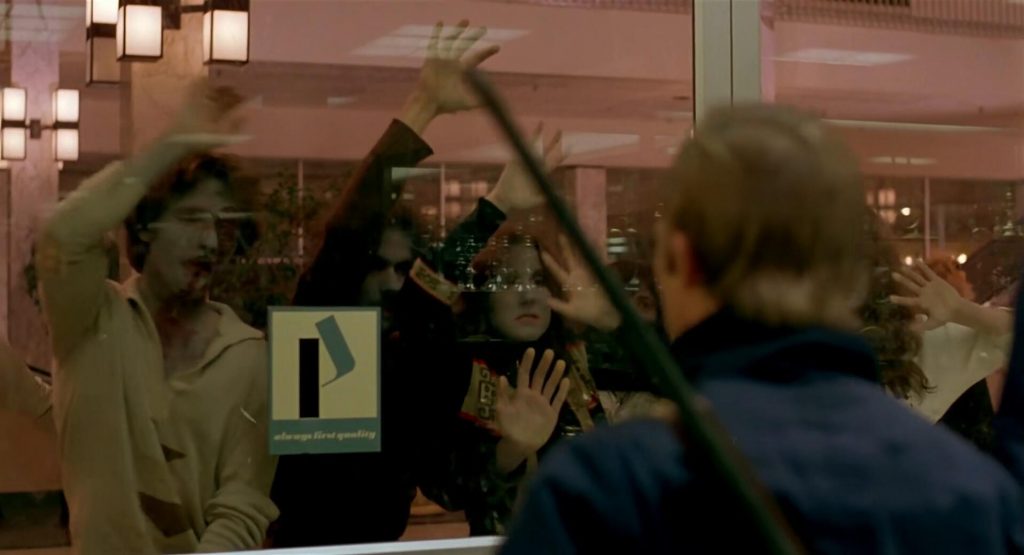
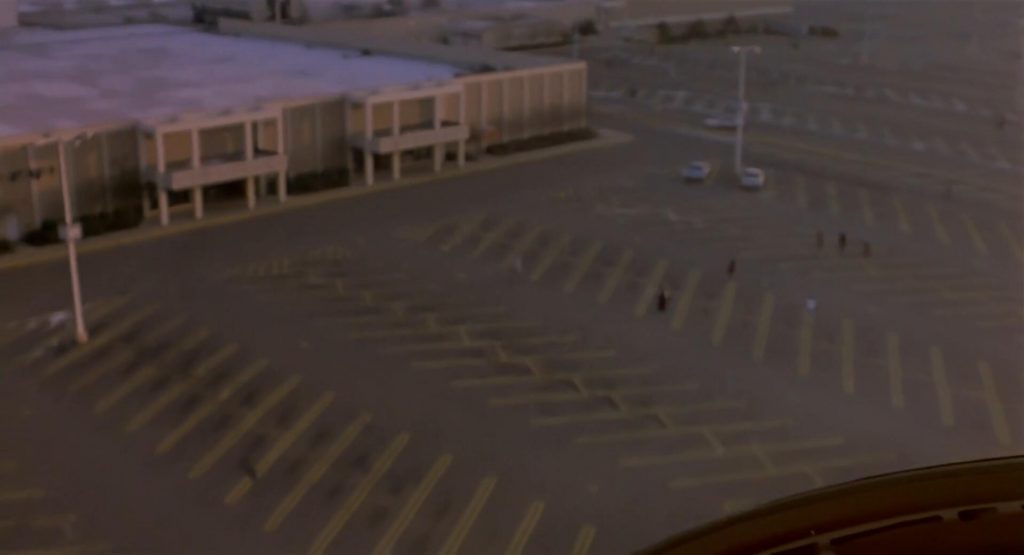
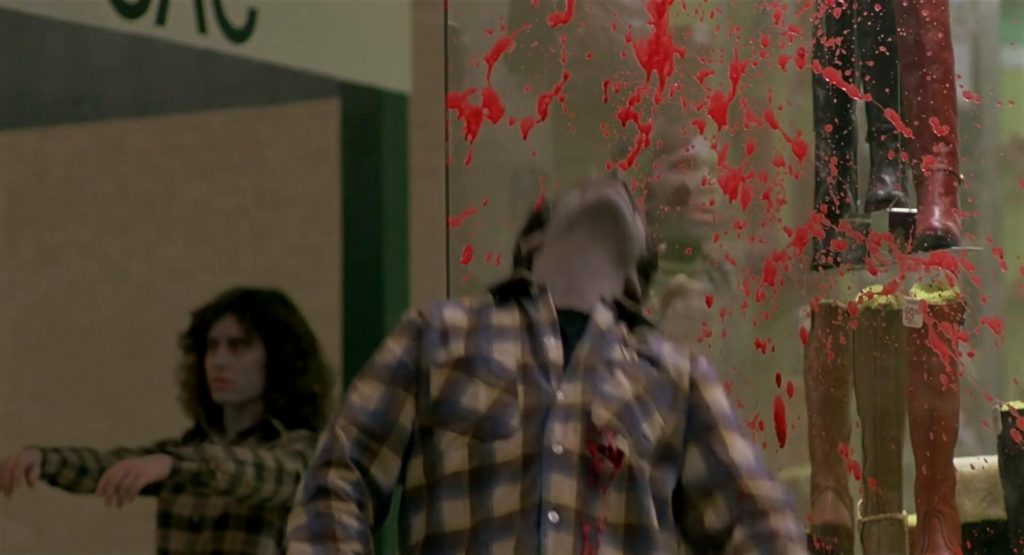
Dawn of the Dead cemented several horror tropes that have become genre staples, including the slow horde, headshot as a kill method, and the idea of small groups trying to outwit massive threats. Unlike Night of the Living Dead, which focused on character squabbles, Dawn of the Dead blended action, gore, and dark comedy to create a unique viewing experience.
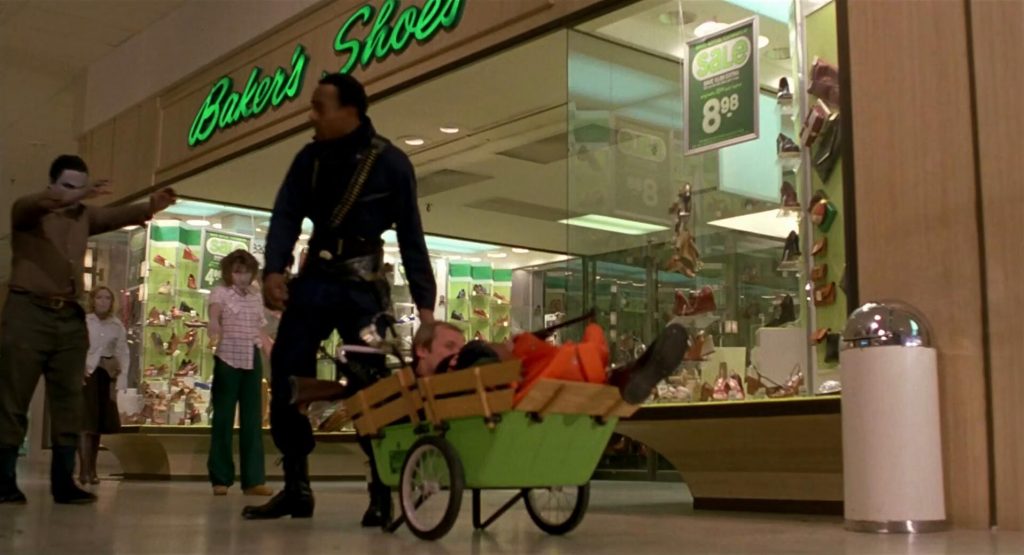
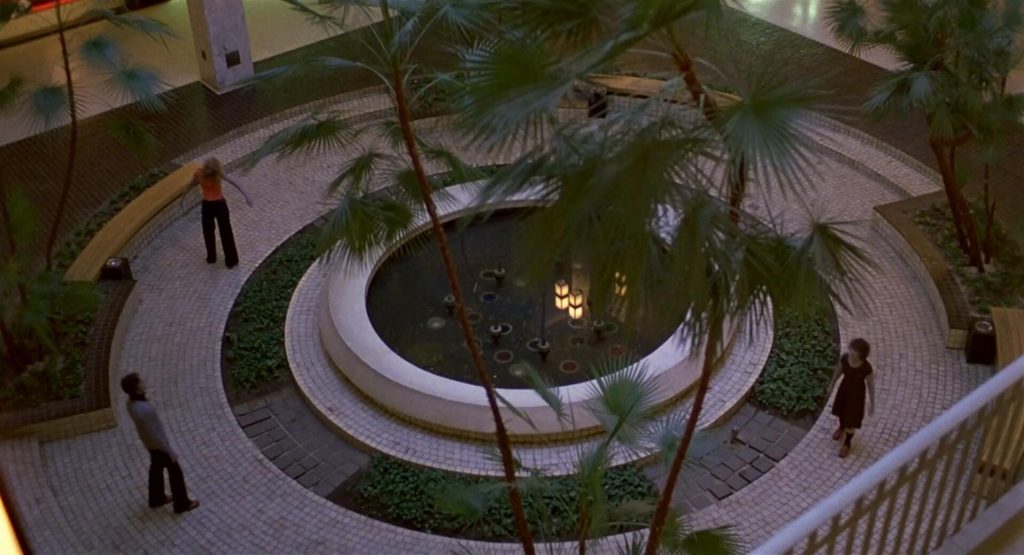
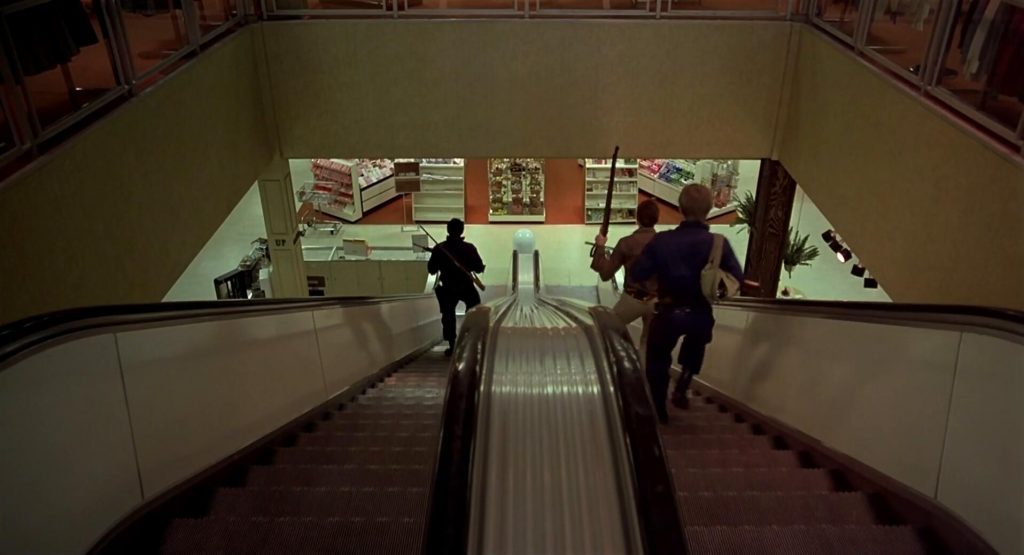
The film centers around Peter (David Emge), a photographer who is working on a documentary about consumerism and social decay. When the zombie apocalypse begins, he finds himself among a small group of survivors trying to find safety and security in a world that has been devastated by the zombies. The group decides to take refuge in an abandoned shopping mall, which becomes their sanctuary.
The film’s brilliance lies in its use of an all-American shopping mall setting, which serves as a powerful commentary on post-war consumer culture. The zombies are drawn to the mall not out of hunger, but by instinct or memory, equating them with mindless living consumers who once frequented the same shops.
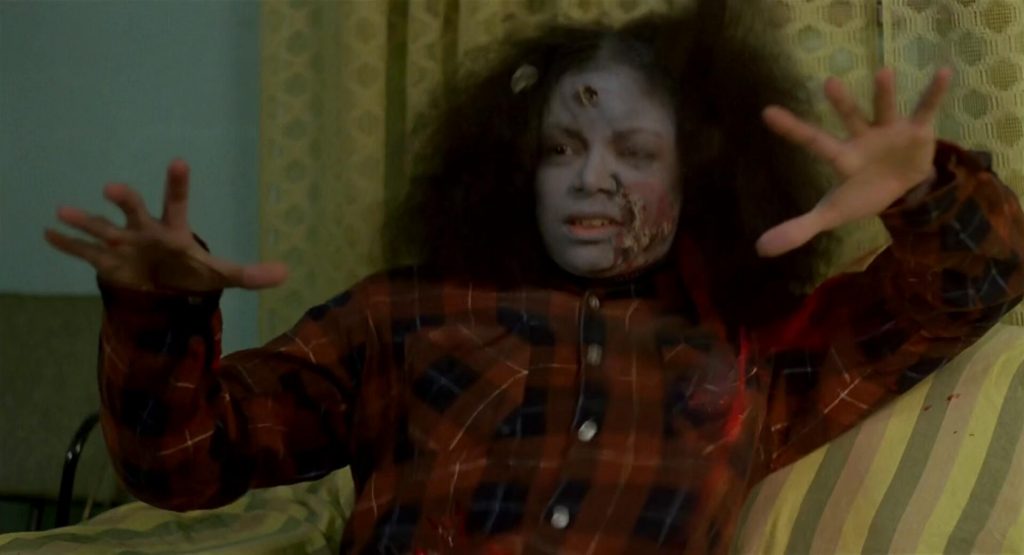
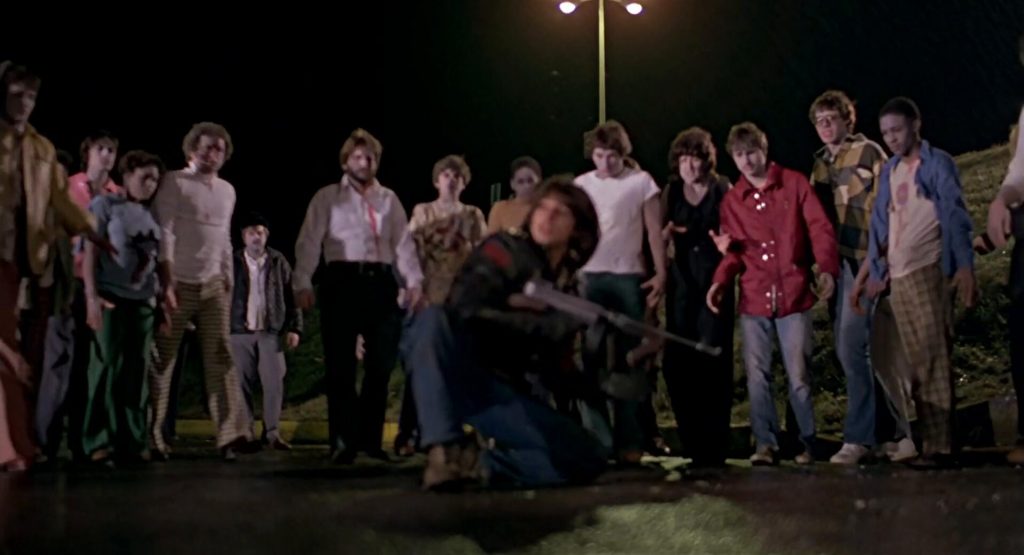
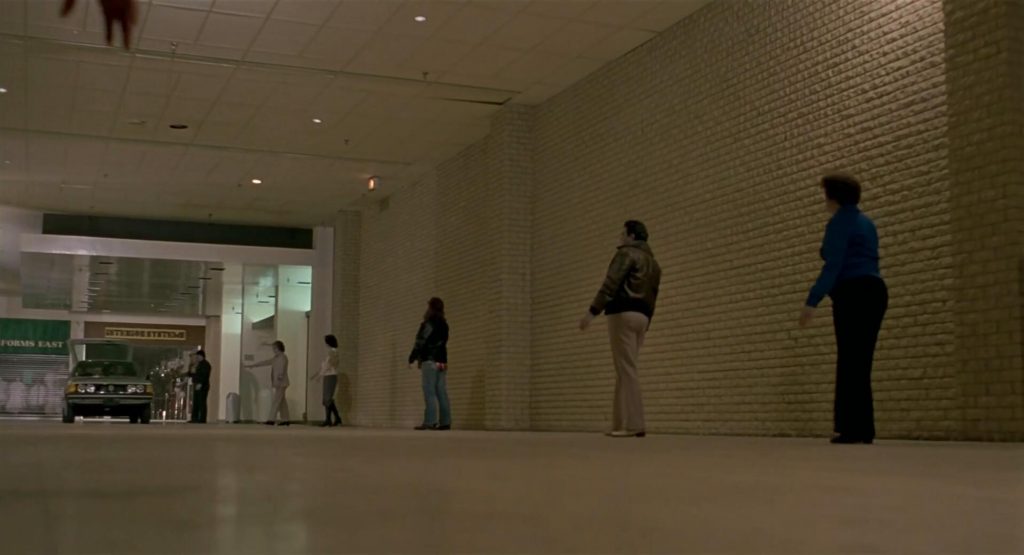
For survivors, the mall offers a paradise of material wealth and comfort. However, this “freedom” is an illusion, as their fortress becomes a prison. The final conflict isn’t just about external threats; it’s also about internal decay, boredom, and the loss of purpose.
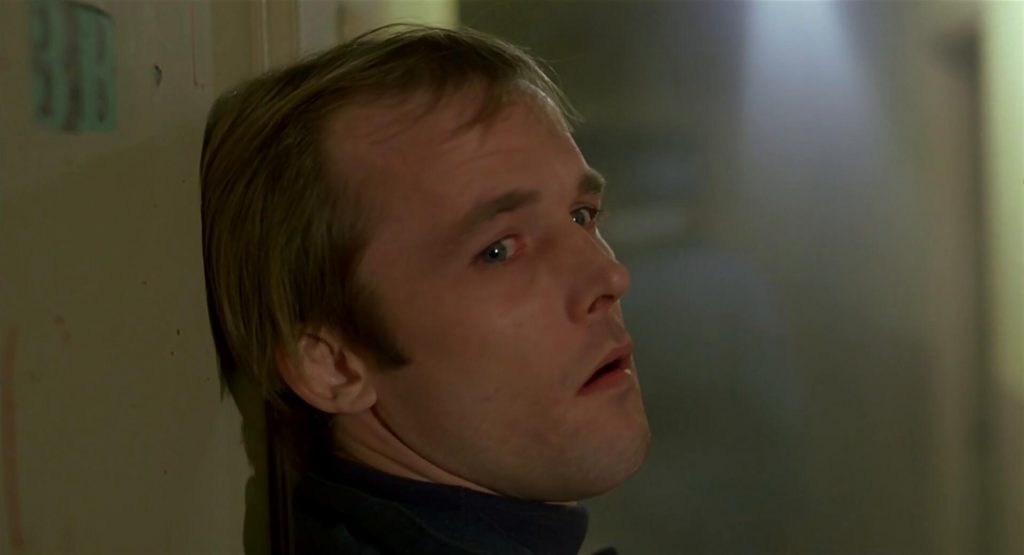
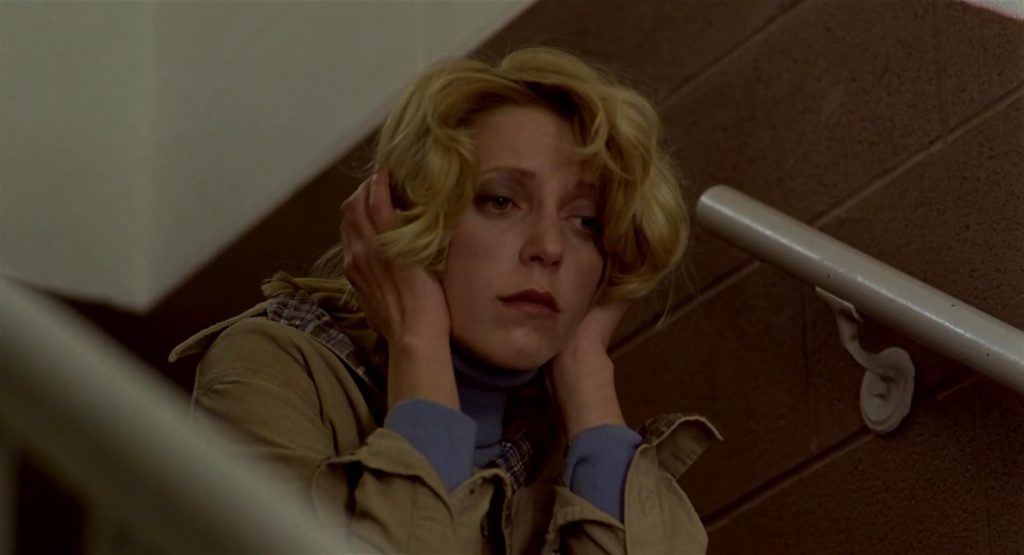
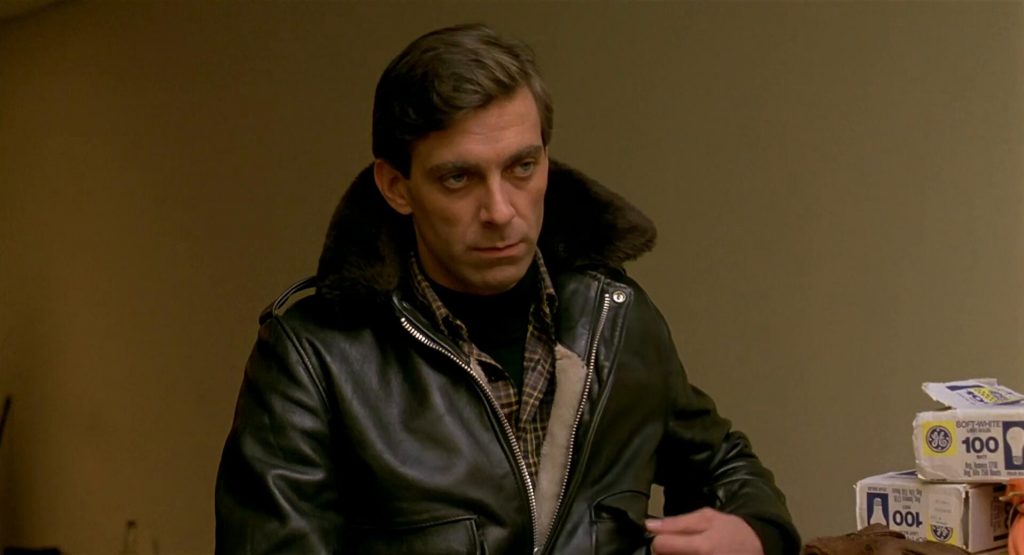
Romero used the mall to comment on American consumer culture, highlighting how mindless consumption can lead to societal collapse. The film’s central plot follows a core group of survivors, each with their own flaws and relatable struggles, as they try to survive in a world without society.
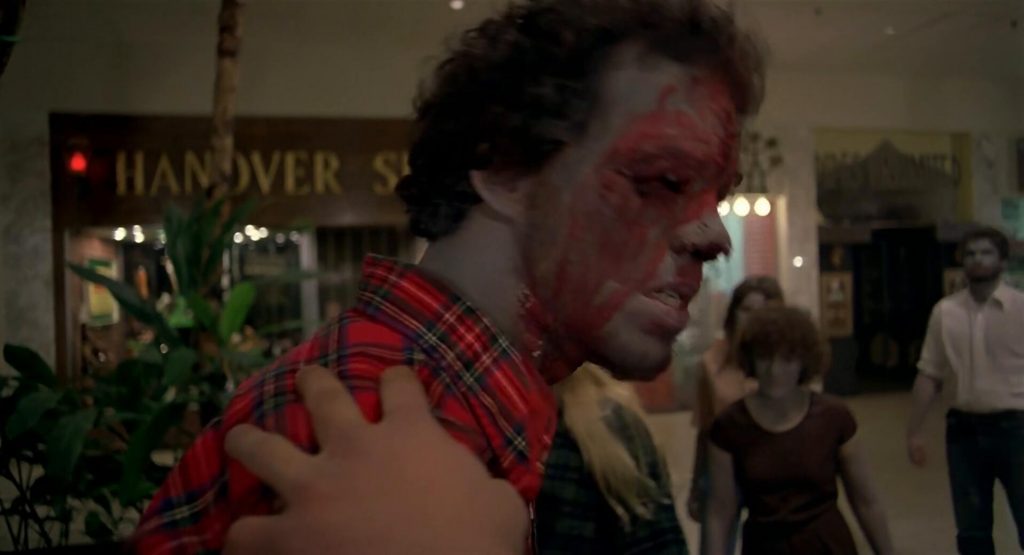
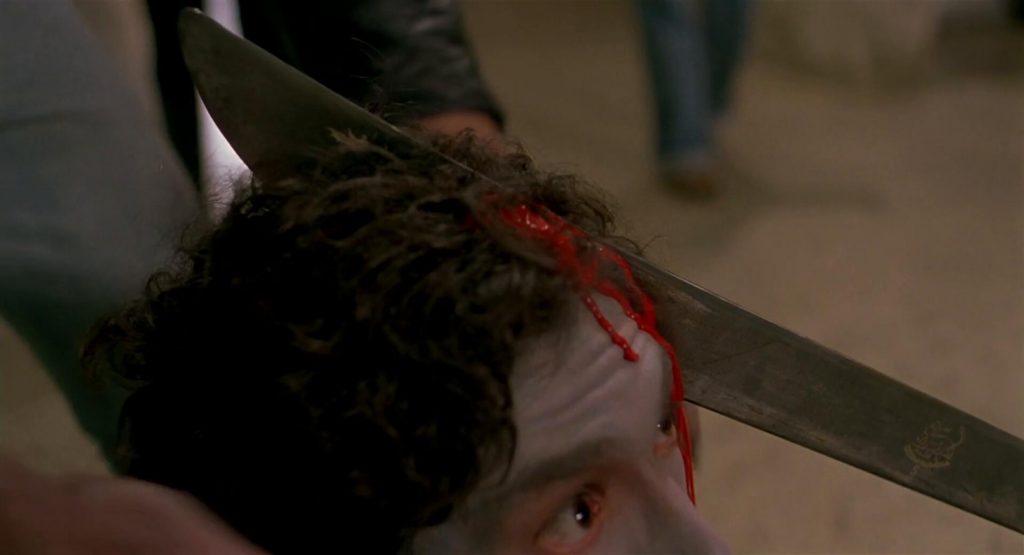
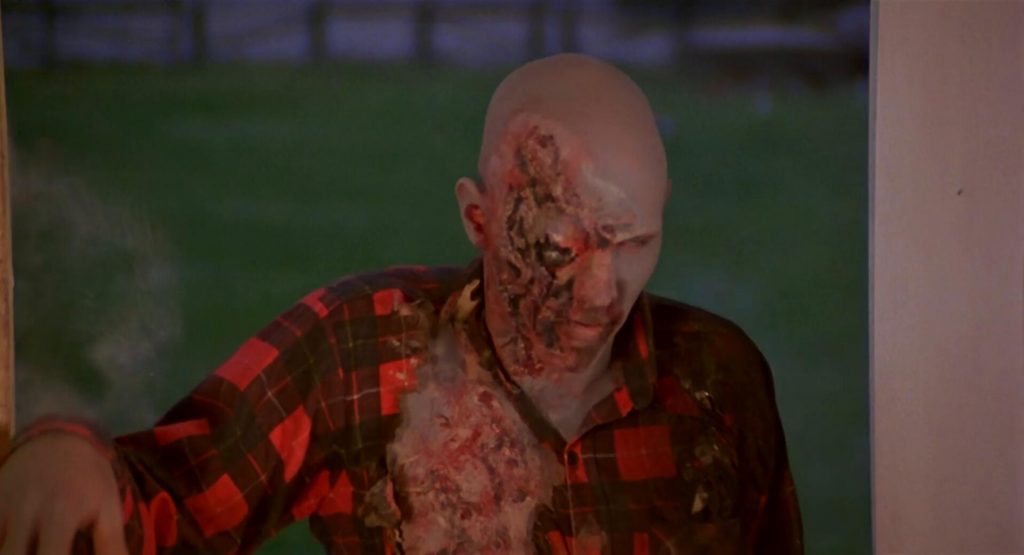
The special effects created by Tom Savini are groundbreaking and visceral, setting a new standard for on-screen violence. The iconic music from Goblin adds to the atmosphere of mounting despair that permeates the film.
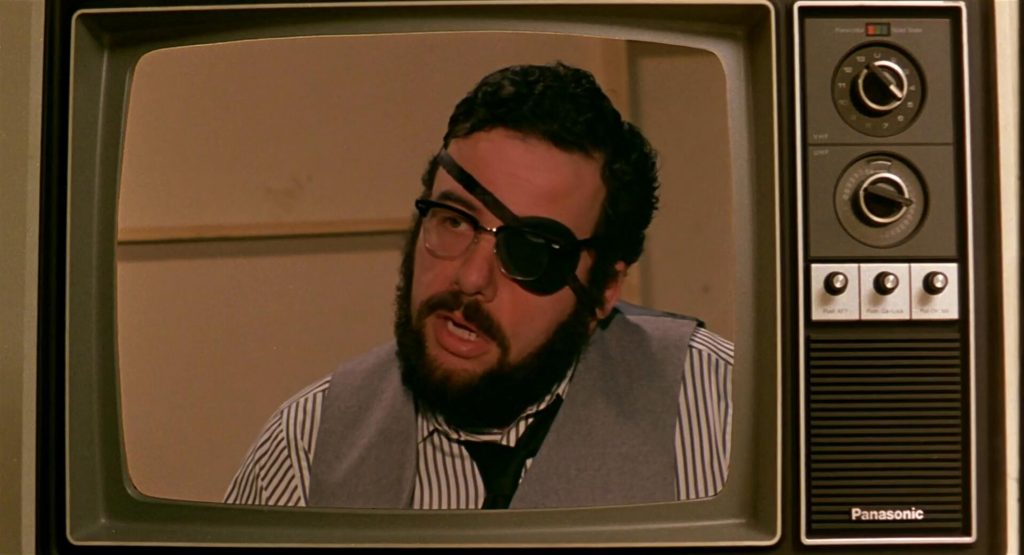
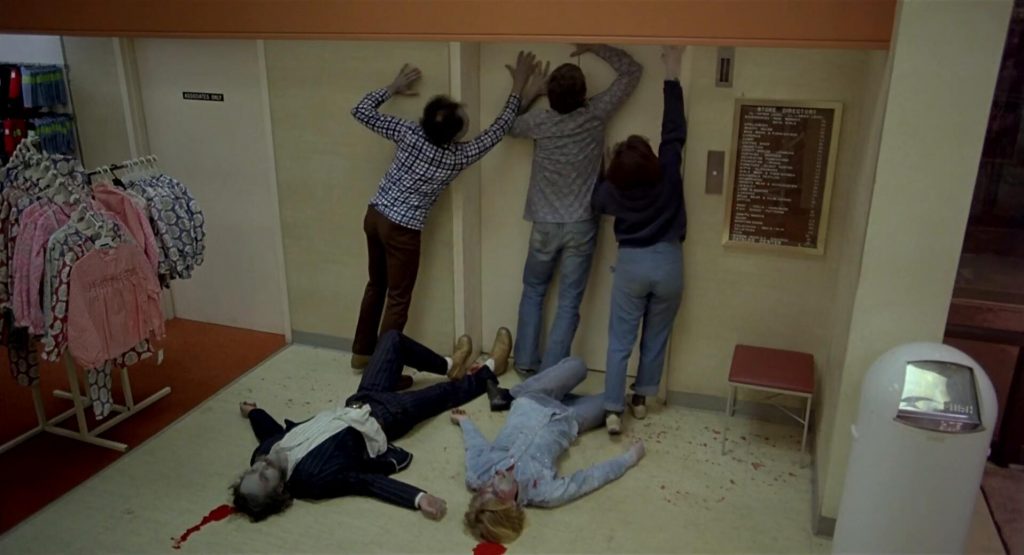
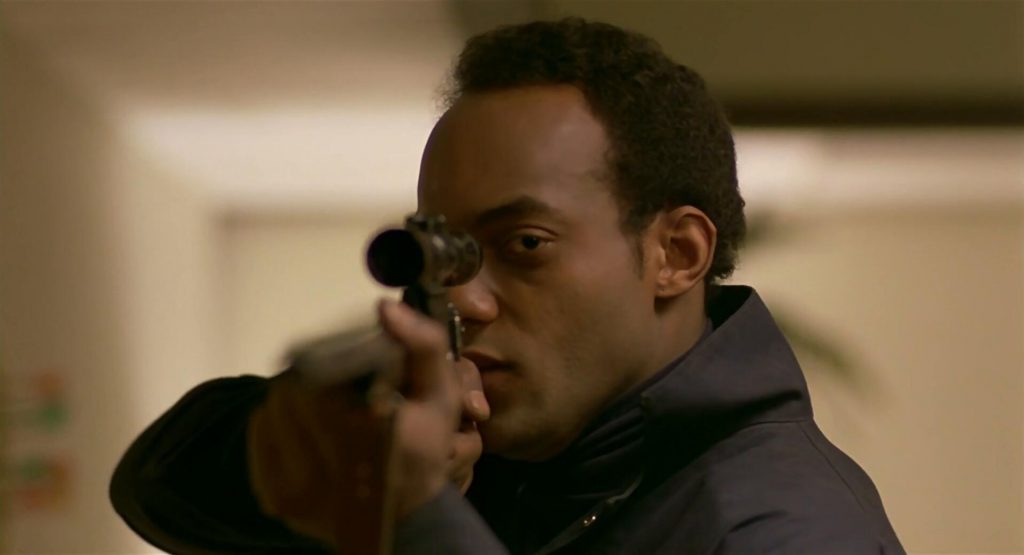
Dawn of the Dead is not just a survival film; it’s an end-of-the-world film where hope is dwindling. This remarkable film has become a masterclass in entertainment, shock value, and social commentary, forcing audiences to examine their own society.
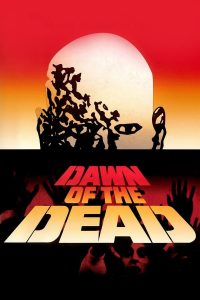
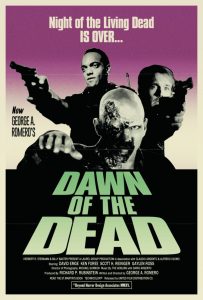
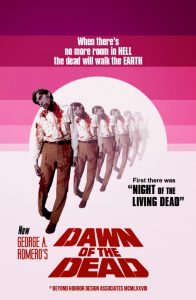
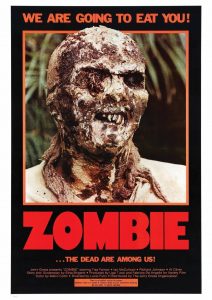
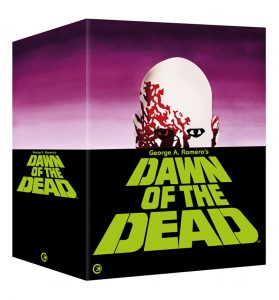
There are a number of strong releases for Dawn of the Dead, however, without a doubt Second Sight’s Dawn of the Dead: Limited Edition 4K UHD Blu-ray is unmatched but difficult to find. Those that have it, covet it, like I do. Those that sell it, know it’s sought after and price accordingly.
Second Dight’s Standard release is excellent, as is Anchor Bay’s Ultimate Edition DVD from 2004.
